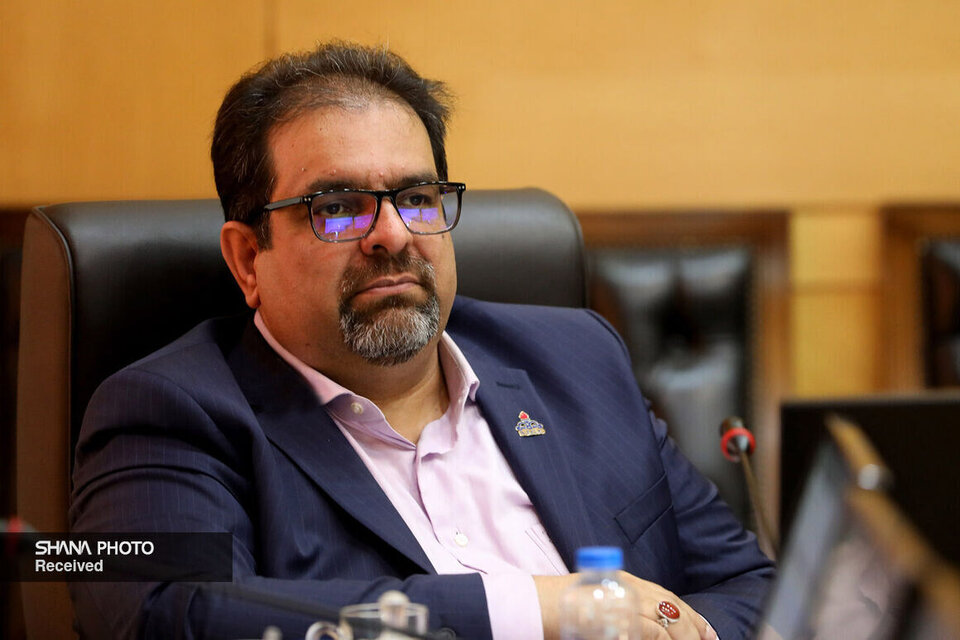Saeid Tavakoli, the company’s managing director and deputy oil minister for gas affairs, told state radio Tuesday, September 16, that nearly 80% to 83% of the country’s power plants run on natural gas, compared with a global average of 20% to 23%.
“These figures show that our energy basket lacks sufficient diversity, making gas the country’s dominant energy supplier,” he said.
Tavakoli warned that heavy dependence brings unique threats, especially if gas supply disruptions occur. He said boosting renewable energy, expanding nuclear power, adopting alternative fuels, and improving plant efficiency are necessary steps toward reducing reliance.
China cited as model
Tavakoli pointed to China as a leading example of diversification, noting that 50% to 60% of its energy comes from coal. China applies strict environmental controls to mitigate emissions, he said.
Currently, 36% to 37% of Iran’s gas output goes to industry, a similar share to power plants, while households account for about 25%. The rest is consumed by transportation and other sectors. Reducing power plants’ reliance on gas, combined with renewable development and more efficient industrial equipment, would help rebalance the energy mix, he said.
In households, about 70% to 80% of gas use is for heating. Tavakoli said better insulation, double-glazed windows, efficient systems and compliance with national building codes could free up capacity for other sectors.
Cheap energy fuels waste
Tavakoli also raised concerns about “virtual gas” embedded in exports of greenhouse products. He said domestic greenhouses use more energy than global benchmarks, and low fuel prices discourage efficiency.
“This is similar to the concept of virtual water, where a product is exported at the hidden cost of excessive consumption of cheap energy,” he said.
The problem also extends to poultry farms, he said, where poorly designed facilities consume far more gas than standards allow. “Given limited resources, energy consumption must be efficient and directed toward the right uses,” he said.


Your Comment